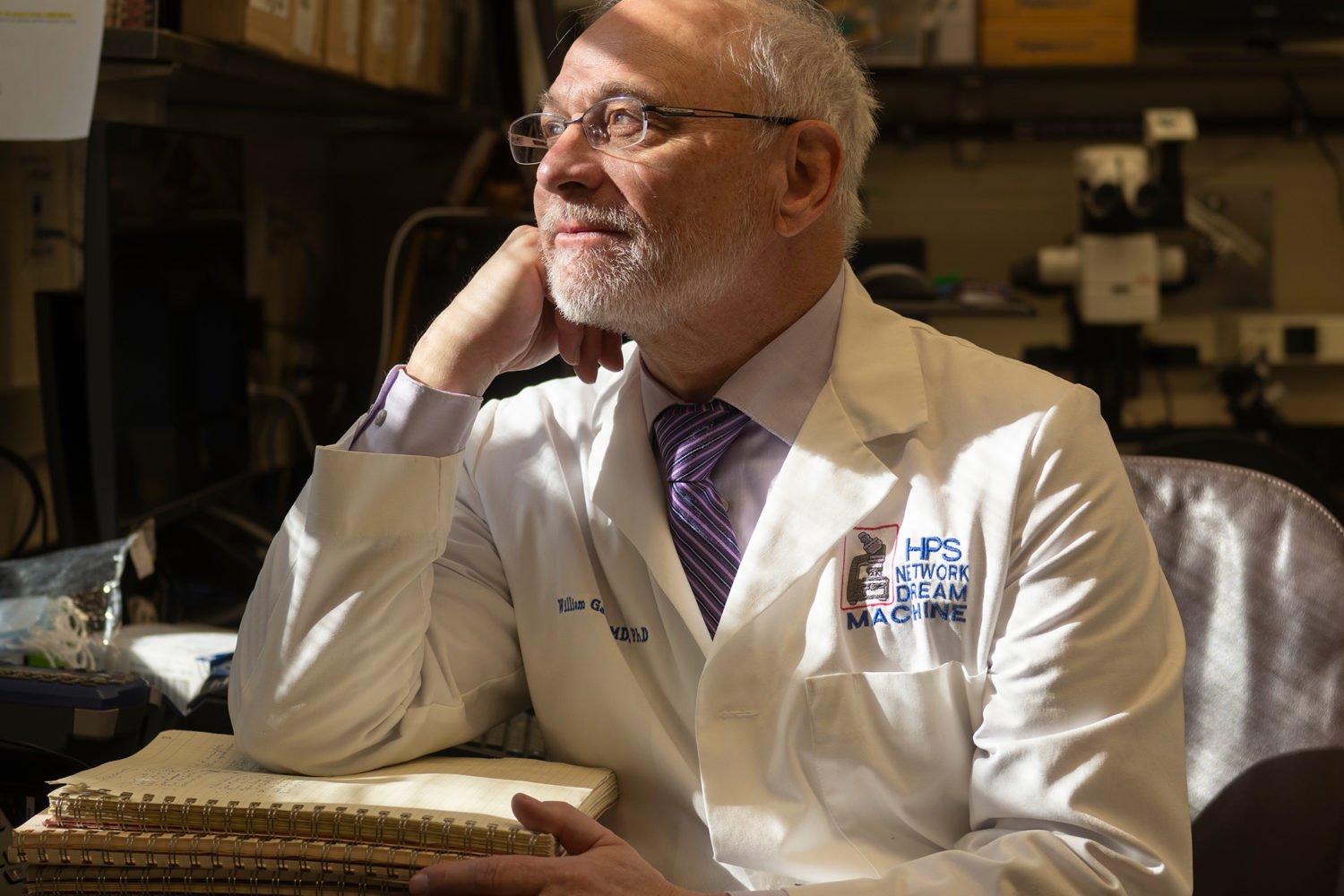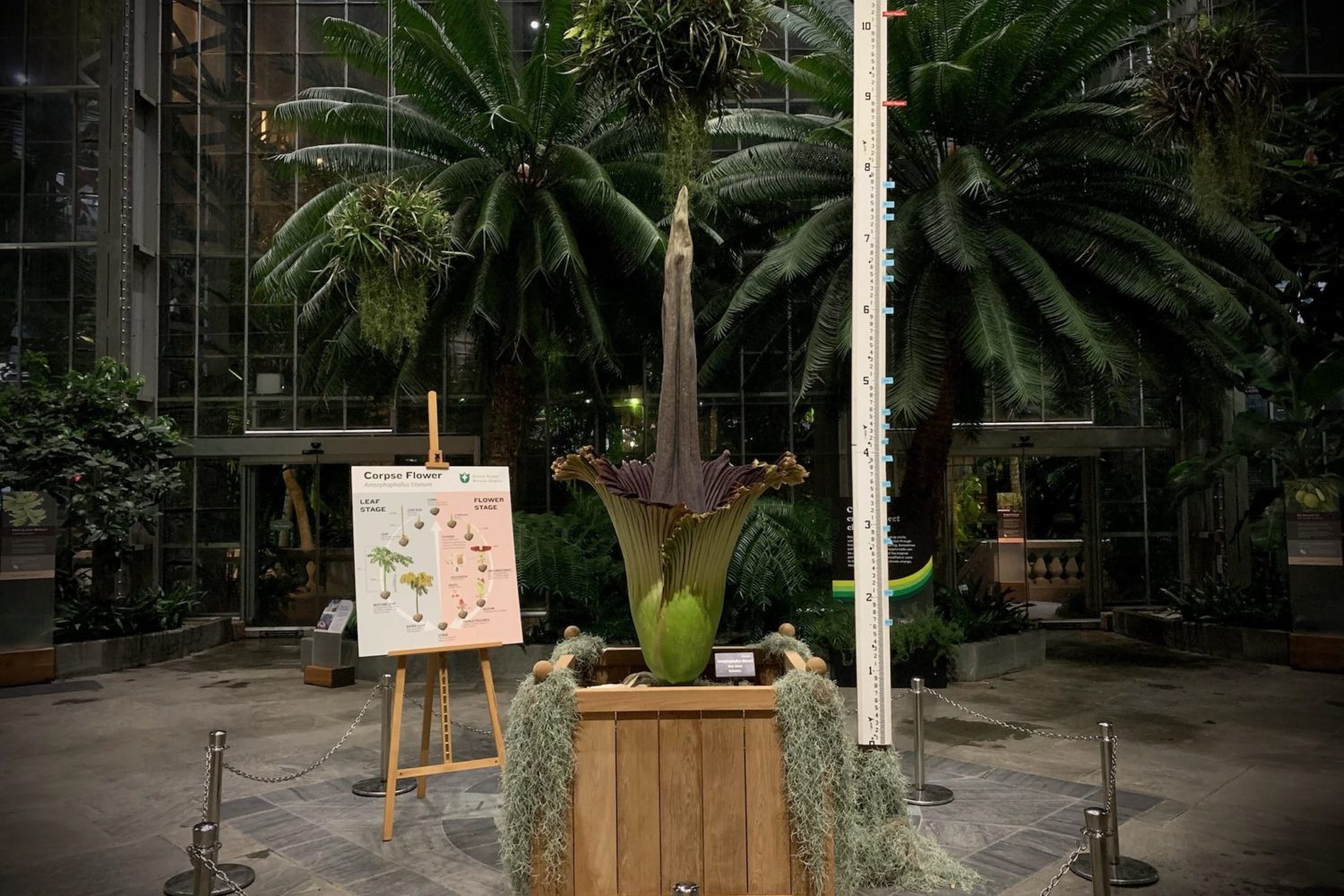Foreign-language education in the US is in some ways a tale of two countries. On the one hand, the number of American kids studying a language has declined since 2009, according to the Modern Language Association. On the other, at elite private schools in the Washington area, teachers tell us that the range of language experiences offered has increased in recent years and that students are more excited about how languages are being taught.
As social media and the internet have made the world feel smaller, local teachers say, teens are more interested in global issues.
“Students are realizing that language is not just a requirement for getting into university but an opportunity to lean forward into the global community, learn about other countries, understand the differences, and be agents of positive change,” says Melissa Brown, director of global education at Holton-Arms School in Bethesda.
In response, private schools have tweaked language programs and rejiggered trips abroad in an effort to allow students to experience other cultures in new and profound ways.
RELATED: Your Complete Guide to Privates Schools in Washington, DC
“Today’s students thinks globally about issues more than ever before, but they don’t know people in those places—they know the issues but not the humanity behind them,” says David Yee, global-learning coordinator at St. Stephen’s & St. Agnes in Alexandria. “Our goal is to fill in that gap.”
Schools have also started “global studies” programs: Yee, who was appointed this year, is the first to lead his school’s new global curriculum.
Making students “functional in the real world with real linguistic experiences” is the driving force behind these changes, says Jaime Estrada, chair of modern languages at the Maret School in DC.
At schools like Holton-Arms, St. Stephen’s & St. Agnes, the Potomac School in McLean, and Maret, the majority of high-school students now take a modern language—often French, Spanish, or Chinese—for four years instead of three. “The goal is proficiency, not just fluency,” says Roxana Lopez, world-language chair at Holton-Arms. Fluency refers to speaking ability, whereas proficiency also includes reading, writing, and listening.
Some private-school students take two languages—maybe two modern, such as Spanish and Chinese or Spanish and French, but more often one modern language and Latin. Estrada describes the latter group—they number 35 this year at Maret—as “classicists at heart” and “classics majors-to-be” who love language and “light up” at the prospect of speaking a different tongue. Latin can help with other languages, because it’s the root of so many.
Technology has also upped the sexiness factor of foreign-language study.
“We don’t need flash cards anymore, so much is game-based on the web,” says Diana Ridao Page, world-language chair at the Potomac School.
Bringing the faraway near is much easier. Students at Potomac can communicate via Skype with pen pals and with entire classrooms in other countries to get real-life experience speaking the language and exchanging ideas about world concerns.
• • •
Another game-changer has been the retooling of the Advanced Placement language exam—with less emphasis on grammar and more on communication ability and cultural knowledge—which has led to changes in the way schools think about language-study trips abroad. Page says the philosophy has shifted to one that makes more sense: “People do not learn languages and then use them, but learn languages by using them.”
Schools have offered such trips for years, but whereas a class trip in the past might have been a week or two of sightseeing through France, Germany, or Spain, many of today’s are more about experiencing the culture and interacting with local residents.
Spanish-language students at the Maret Schoool spent a month this past summer in a village of 50 full-time residents in northern Spain—living in a rural house, speaking Spanish, watching the World Cup in the cafe with locals, and becoming culturally immersed in a community where villagers make a living by logging and raising cattle. The trip was so successful—student surveys were very positive, and some kids were able to skip to the next level of Spanish—that a similar experience for French students is being planned in a small town northeast of Bordeaux. Maret also offers a summer language/culture immersion trip to Taiwan and a global-service experience in Ahmedabad, India, that covers social, cultural, work, and environmental issues.
Some trips are now mash-ups of language and community service, a two-for-one that colleges regard favorably. Students who might have looked outside for community-service opportunities at places such as Habitat for Humanity can take advantage of trips and programs offered by their own schools.
St. Stephen’s & St. Agnes, for example, this year added a trip to Granada, Nicaragua, to its travel offerings, including exchanges with schools in France and Spain and a culture/language trip to China. The Nicaragua trip is both a service experience—students work on housing-development projects—and a chance for the kids to use their Spanish. A similar program that the school offers in Haiti, where French is spoken, has also been popular.
Juniors at Holton-Arms have an opportunity to spend three weeks in Peru, speaking Spanish and learning to think creatively about global issues via the school’s Junior Journeys program. Holton’s China trip is a similar mix of language, culture, and global learning. And the school’s Global Scholars honors program, begun three years ago, goes beyond language requirements to include global-studies classes, three weeks in a developing country, and a senior project on a global issue.
Yee says one student came back from a language and service trip wanting to join the Peace Corps. At some schools, students have been so taken by these kinds of trips that they have returned to the same locales to do independent-study projects.
For Maret’s Language Week last school year, Estrada turned to social media to find out how many alumni were actually using their language expertise for global experiences. He got dozens of responses. Many had taken language courses through college, often in an entirely new tongue. Most of those who replied were living abroad. One had been involved in the Special Olympics in China. Another was in India and had invented a pump to bring water to small farms. Yet another had directed a rural nonprofit in Honduras.
Estrada says he has seen an upswing in recent years in students who choose to work or study abroad. He’d like to think that changes in the way language is being taught—tying language study to cultural literacy, both in the classroom and through experiential learning—have played a role.
Contributing editor Cynthia Hacinli writes about food, travel, and other lifestyle subjects.
This article appears in our November 2015 issue of Washingtonian.


















